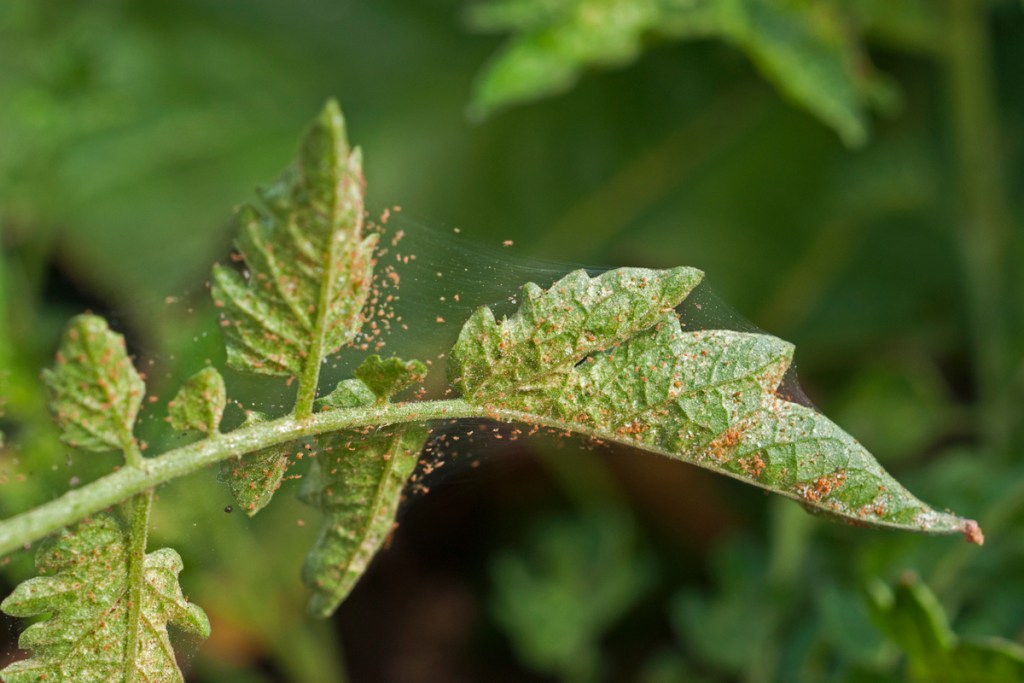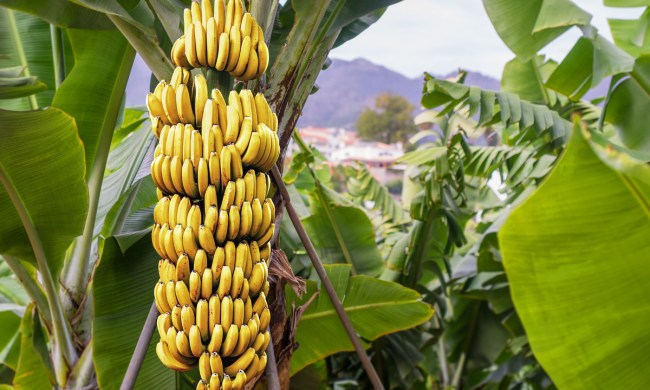No matter what plants you grow, your garden is going to attract a few bugs. Some of those insects are beneficial to your garden, like pollinators, but some of them can hurt your plants. Unfortunately, it isn’t always easy to tell if an insect is one you should worry about, especially if the insects are small. If you need help identifying tiny red bugs in your garden, here’s a simple guide for you.

Identifying the red bugs
There are two main types of tiny red bugs commonly seen in gardens: clover mites and spider mites. Although they are both tiny red bugs, it's fairly easy to tell them apart.
Clover mites
These are larger than spider mites, and they are most commonly seen in mild or cool weather. They are a rusty red color, and can appear slightly brownish in some lighting conditions. Clover mites primarily feed on grass and don’t often bother other plants. The damage caused by clover mites is minimal, and often the only sign that they’ve fed on your plants is silvery discoloration on the leaves.
Spider mites
These tiny red bugs are much smaller than clover mites, making them difficult to see, and they prefer warm weather. Additionally, spider mites are not always red. They can also be yellow, brown, and even green. Despite being much smaller, spider mites are more harmful to your garden, as they prefer other plants over grass. They leave small white marks on the leaves, and the damage can cause leaves to droop or die. Some plants may also grow stunted or misshapen leaves or flowers. Additionally, spider mites can be identified by the small webs they build.

Treating clover mites
In most cases, clover mites don’t require any treatment. The harm they cause is minimal and often unnoticeable. However, if you’re seeing a severe infestation, here is how to get rid of them:
Step 1: Apply Pyrid spray to the affected area.
Step 2: Use a forceful spray of water to wash them away.
Step 3: Apply diluted boric acid to the affected area.
Boric acid can harm plants when used in large amounts, so be careful when using it in and around your garden.

Treating spider mites
If you see spider mites in your garden, here's how to treat them:
Step 1: Wipe the plants with a cloth, removing any spider mites or webs you can see.
Step 2: Apply permethrin spray or an insecticidal soap to your plants.
You can even make your own insecticidal soap at home.
Step 3: Attract ladybugs to your garden.
Ladybugs are a natural predator of spider mites, so having them around will keep the population of spider mites low.
If the tiny red bugs in your garden are clover mites, then you can breathe a sigh of relief. They’re unlikely to seriously harm your plants and are more of a nuisance than a true garden pest. However, if you’re dealing with spider mites, you should act quickly to get rid of them before they damage your garden.




